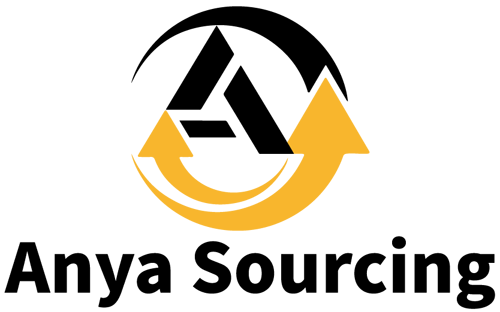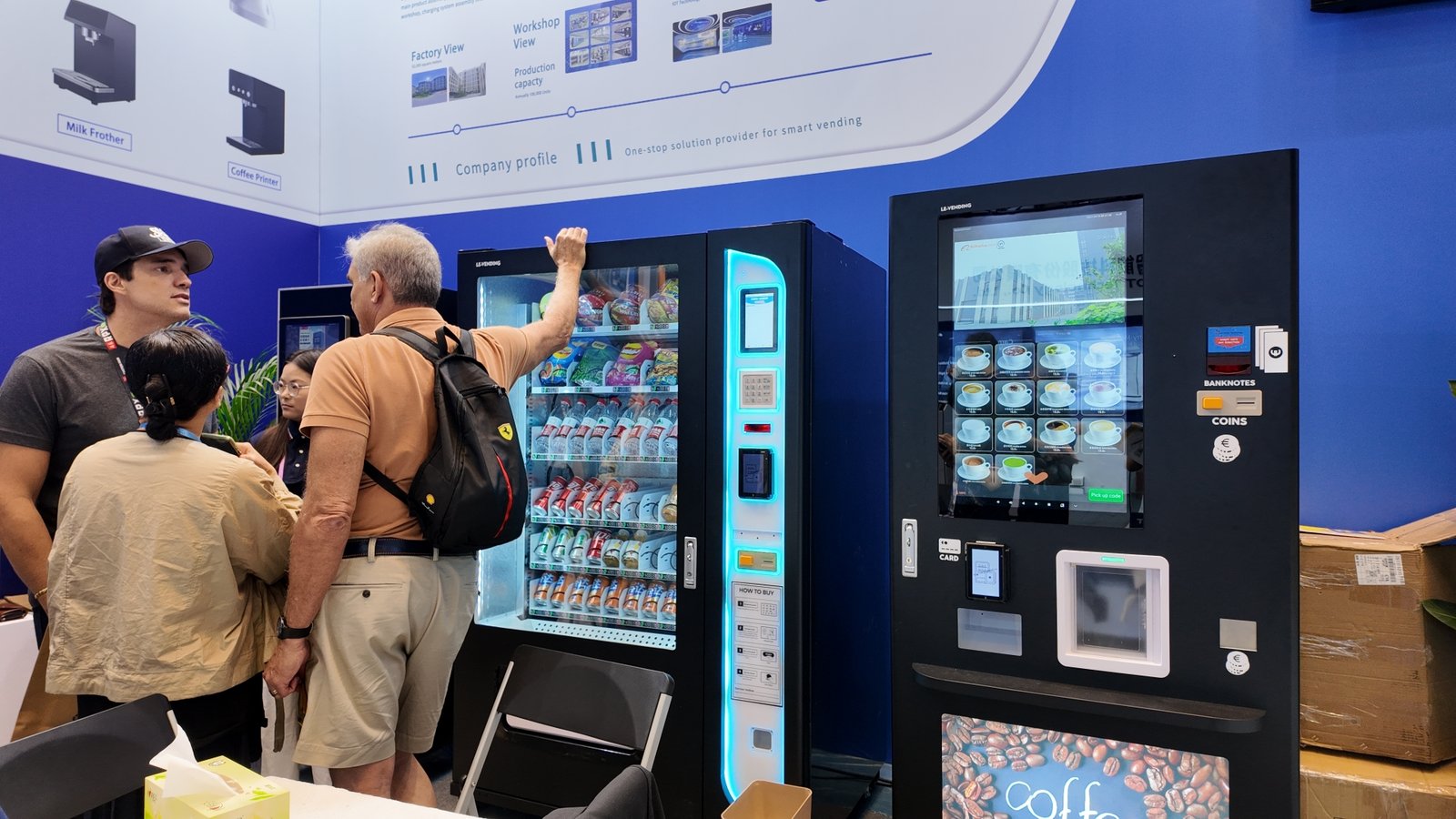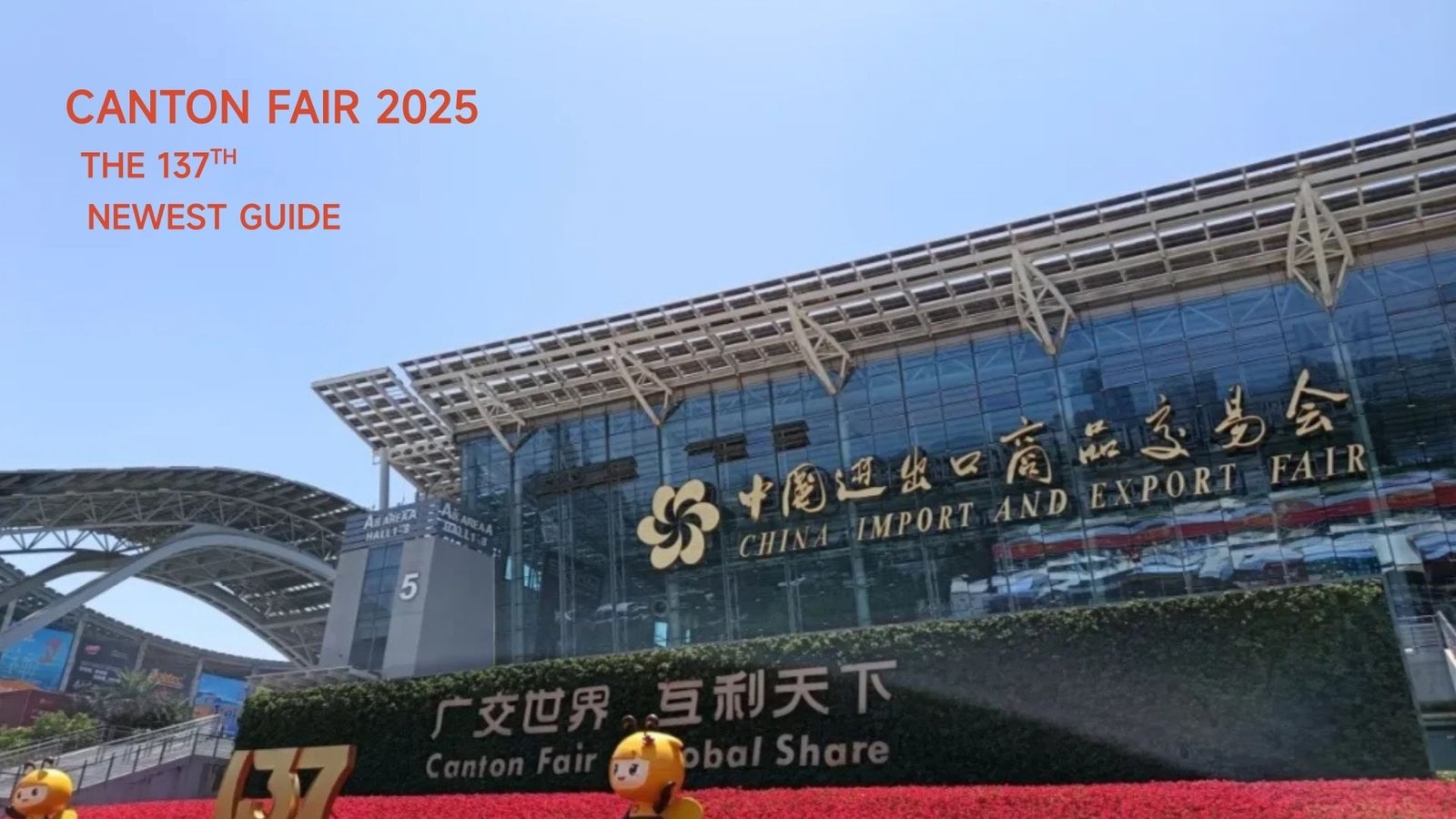As we approach the New Year holiday, your home may already be festooned with lights and festive ornaments to mark this special event. Perhaps your dining table has been set with an extravagant holiday feast complete with tableware and kitchenware made in China; many items often bear this label of origin in Europe and America as well.

China’s global supply chain not only underlines her vital role in global trade but also presents numerous business opportunities for emerging trading companies. If your startup trade company plans to import from China, understanding the entire import process is crucial to your success – here are the steps that can help ensure successful imports:
Analyse Your Product and Market
Before importing anything, determine the types of products you intend to import. Choose products with strong demand, favorable profit margins and are relevant to industries or sectors you understand or are passionate about – for instance Christmas decorations, holiday items, home appliances, outdoor camping gear, industrial machinery or new energy products etc. Conduct market research in order to gain insight into consumer preferences, competition in your target market and compliance requirements; this will allow for informed decisions when it comes time to making informed choices.
Find Reliable Suppliers
Once you have identified products, the next step should be finding reliable suppliers. There are various channels through which you can locate potential vendors; these could include:
Alibaba: An industry-renowned B2B marketplace offering access to an expansive list of suppliers and manufacturers.
Trade shows and offline wholesale markets: Attend industry trade fairs such as Canton Fair or visit offline wholesale markets where Chinese suppliers are present directly.
Online platforms and social media: Platforms such as Instagram and LinkedIn can help you discover suppliers and products more quickly and efficiently, to make import from China easier.
Third-Party Sourcing Agents: For those just getting started in this process, professional sourcing agents such as Anya Sourcing can be invaluable resources in identifying reliable suppliers and negotiating terms of purchase.
Evaluate Suppliers and Request Quotes
Once you’ve identified prospective suppliers, reach out to them and request quotes. Provide clear details regarding your product requirements, quantity, specifications, and any customization needs; as well as inquire into any necessary components such as:
Product quality certifications: Such as CE or ISO certification.
Minimum Order Quantity (MOQ): Based on both budget and market demand.
Payment Terms and Conditions: Typical payment methods for T/T bank transfer or Letter of Credit (L/C).
Lead Time and Shipping Method: Confirm that the supplier has established efficient production cycles and logistics arrangements to guarantee on-time deliveries.
Verify Contract and Payment Details when import from china
Once terms are agreed upon, sign a formal contract that includes product specifications, pricing, delivery timelines, payment terms and after-sales services. Be sure that both parties’ rights are safeguarded. When making payments using letters of credit or other secure payment methods it will reduce risk significantly.
Arrange Shipping
Once your product is created, the next step should be logistics and transportation. Here are your shipping options:
Sea freight: Offering lower costs and suitable for large quantities, sea freight transport typically takes longer.

Air freight: Appropriate for small quantities or emergency orders, yet more costly.
Courier services: Excellent for transporting samples or small batches, suggest you try DHL, FedEx.
Before shipping, ensure you possess all of the required customs documents and invoices. If you’re unfamiliar with customs clearance processes, consider hiring a professional customs agent to assist in clearing customs. Customs clearance typically involves import duties, taxes and compliance checks.
Customs Clearance and Receipt of Goods
Your supplier should provide invoices and packing lists.
Once your goods arrive in their destination country, they must undergo customs clearance. You may be required to present certain documents for inspection at customs. These could include:
Shipping documents. BIMCO licenses (if required).
After clearing, your goods will be sent directly to your warehouse or desired location for inspection. Make sure to inspect both quantity and quality in order to make sure there are no damaged or missing items.

Follow these steps and a new trade company can successfully import products from China and establish its business over time. Reliable suppliers, quality product manufacturing and efficient logistics will all help your venture thrive while paying attention to market demands and customer feedback – building experience along the way will give your firm greater skills for handling challenges associated with international trading while expanding customer bases and market shares.
Finally, I wish you a Happy New Year and may your holidays be filled with love and happiness. My name is Anya; feel free to reach out with questions regarding import from China business through any of the contact details below.




